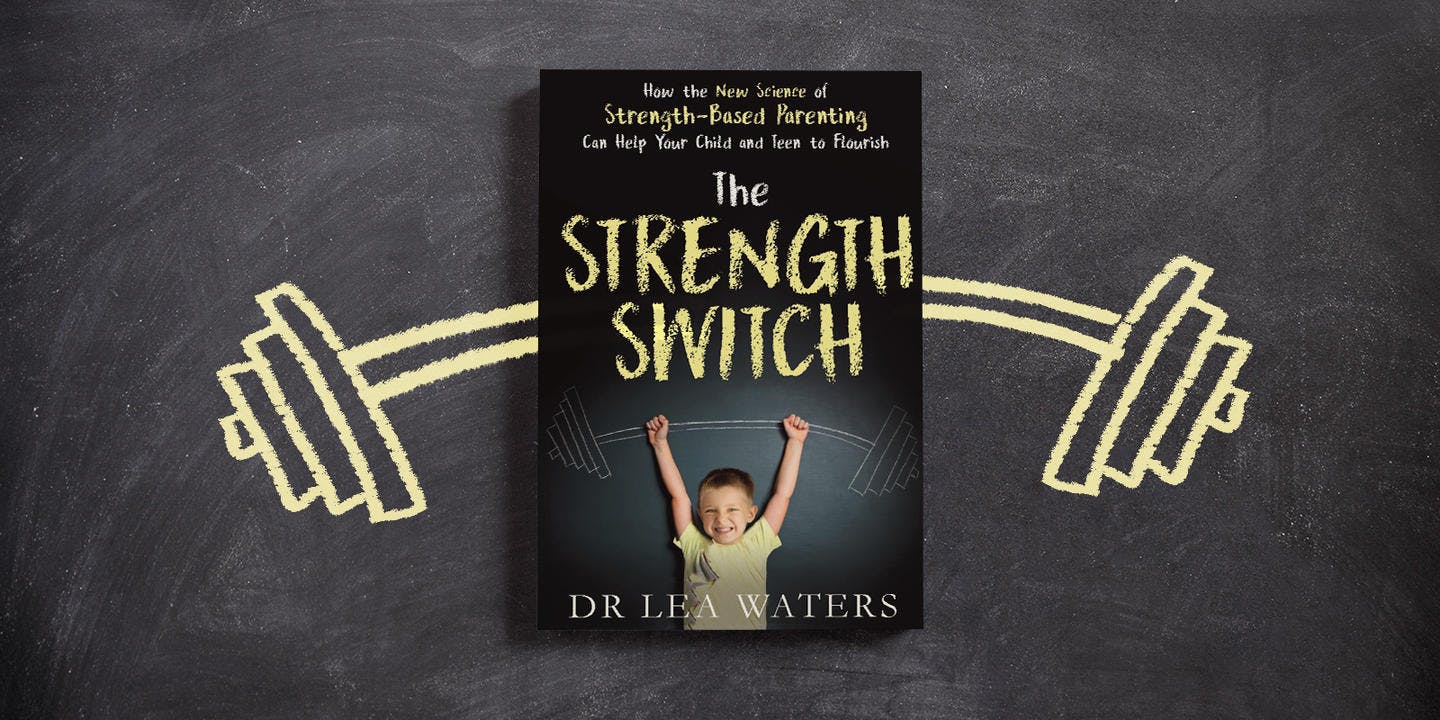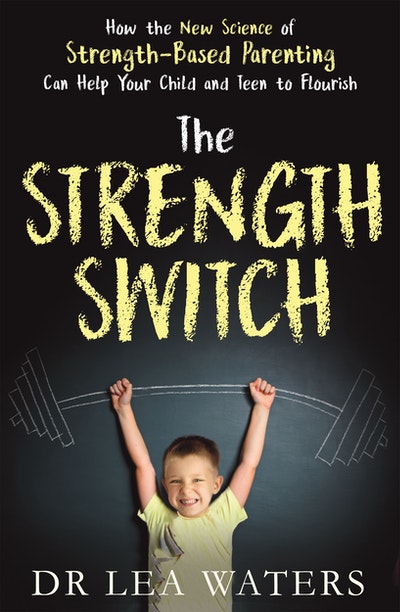Lea Waters offers some signposts to identifying your children’s strengths.
As a strength-based scientist for more than 20 years, Lea Waters has seen how Strength-Based Parenting enhances self-esteem and energy in both children and teenagers. But how do we identify our children’s strengths in the first place? From the pages of her book The Strength Switch, here Waters suggests three questions to help you home in on the positives.
Seeing Strengths in Your Child: The Three Questions
Ask yourself these questions to tune in to your child’s unique constellation of strengths as you observe his day-to-day behaviour and language:
1. DO I SEE PERFORMANCE? Watch for when your child shows above-age levels of achievement, rapid learning, and a repeated pattern of success. Examples: The young child who, within a short time of picking up a cricket bat, is routinely hitting sixes. The primary- schooler who buries her nose in books and uses more complex words and sentence structures than her peers. The teenager who consistently displays a more sophisticated understanding of emotions than most adults.
2. DO I SEE ENERGY? Strengths are self-reinforcing: The more we use them, the more we get from them. They fill us with vigour. You’ll notice your child has abundant energy when using a strength. My daughter, Emily, has a talent for art, and when she’s drawing or painting, I notice that she has unusually big stores of energy. She rarely gets tired when she’s being artistic.
3. DO I SEE HIGH USE? Finally, look for:
what your child chooses to do in his spare time
how often he engages in a particular activity
how he speaks about that activity
The teenage daughter of a friend of mine is a relationship builder with the strengths of service, equality, and fairness. She’s highly civic-minded and spends her spare time on social causes, which energise her because they draw on her strengths. She’s full of the latest information on social movements and how we can each help. The way she chooses to spend her time is a clue to her underlying strengths.
For true strengths, these three elements form a beautiful feedback loop: Great performance provides the child with a shot of high energy, so the child naturally chooses to do more. In turn, high use— also known as effort or practice— improves performance levels. So, for example, if you notice that your child is energised when she plays the piano, and you provide enjoyable opportunities for her to play, if she’s mining a true strength she will likely practise more, which improves her performance, which then energises her… and so the loop continues:
FIGURE 1.
The Three Key Elements of a Strength
Keeping this triad in mind will help you avoid pushing your child into an area that seems like a strength just because your child is good at it. It will also help you differentiate between whether your child is bingeing on an activity in an escapist way or expressing a true strength. For example, parents have asked me, ‘My child is great at computer games and wants to play all the time. Is that a sign of a strength?’ I reply, ‘Observe his energy levels at the end. Is he drained and cranky? Or energised and full of life? Are you seeing the full triad?’ Computer games can tap into a child’s strategic and problem-solving skills or stimulate creativity (in some games, you invent whole new worlds). Or they might just be about filling time. So look for all three signs. When you see your child do something well, with energy, and a lot— you’ll know you’ve unearthed a strength.














